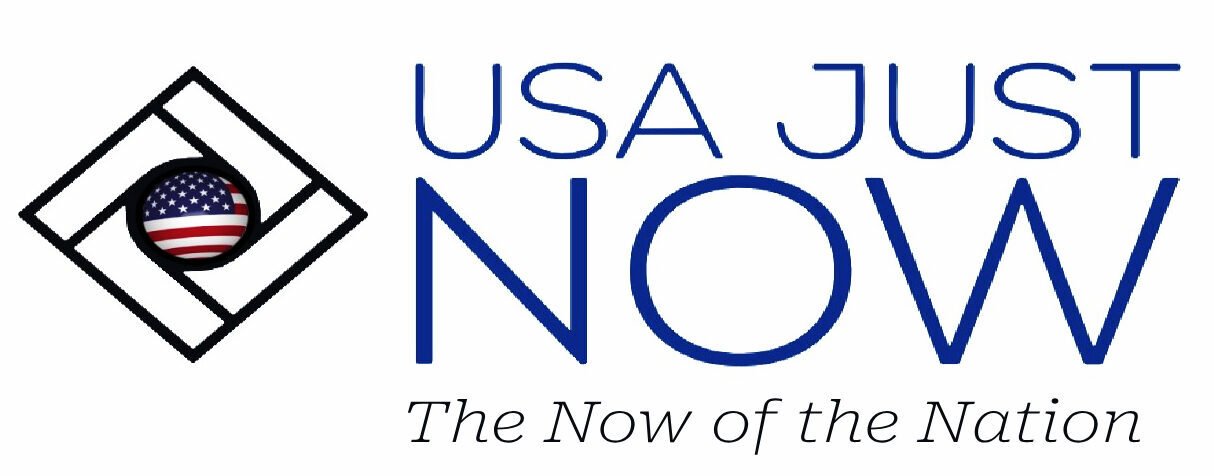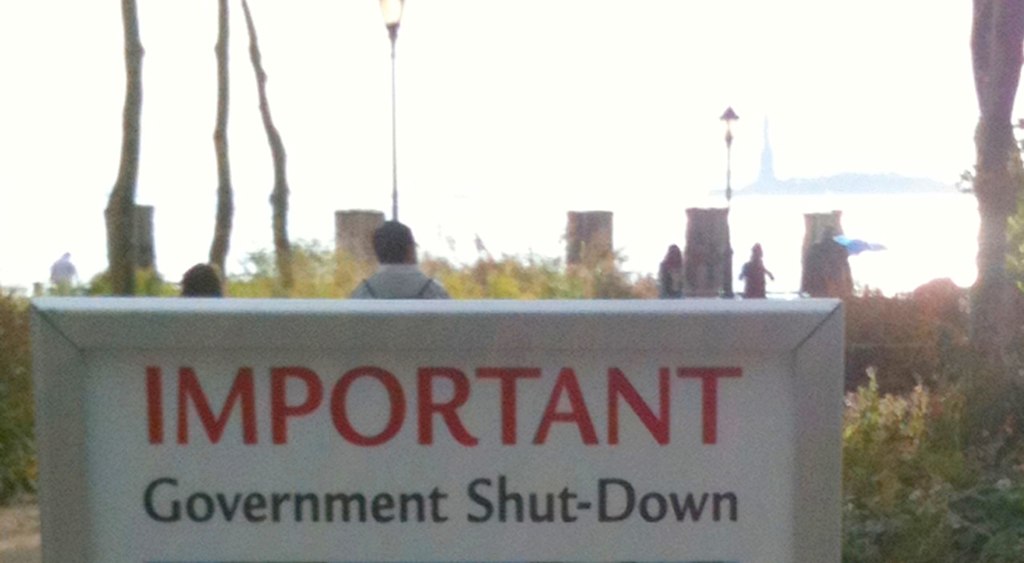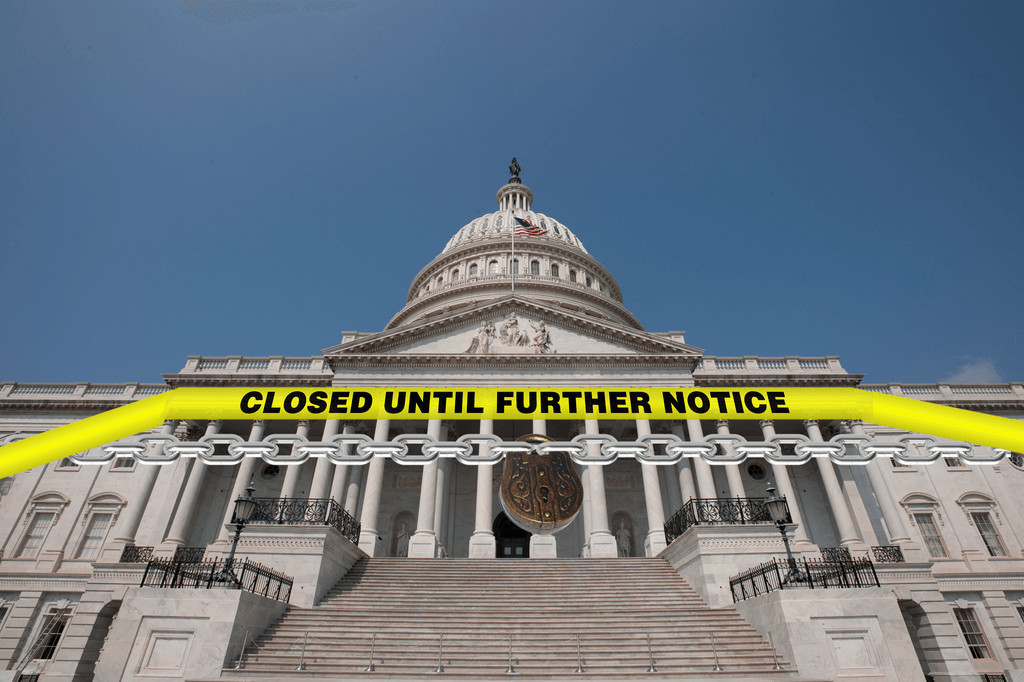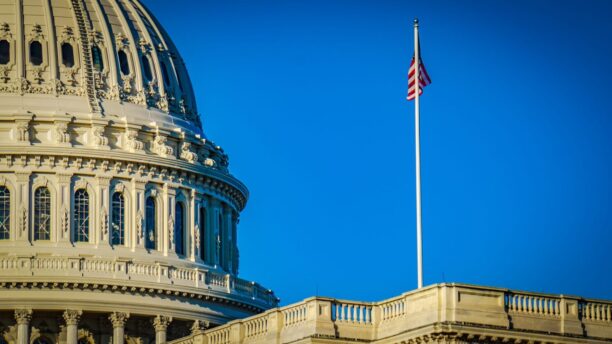Image courtesy (file): User:z22, CC BY-SA 3.0, via Wikimedia Commons
US Government Shutdown Day 1: Key Impacts, Layoff Warnings, and Political Gridlock Explained
Washington D.C. – The US Government Shutdown Day officially began on Wednesday, October 1, 2025, as the federal government ceased non-essential operations. This event, marking the 15th government shutdown since 1981, follows the failure of lawmakers in Congress and President Donald Trump to reach a consensus on a crucial funding agreement, leading to immediate and widespread disruptions across the country.
What Led to the 2025 Shutdown?
Negotiations in Washington collapsed late Tuesday after both Republican and Democratic proposals to keep the government funded failed in the Senate. The core of the deadlock centers on disagreements surrounding healthcare policy. Democrats are advocating for the extension of enhanced Affordable Care Act (ACA) tax credits, warning that their expiration could double health insurance premiums for approximately 22 million Americans. Conversely, Republicans insist on a “clean” continuing resolution, arguing that policy debates should be addressed separately from urgent funding measures. Both major parties have publicly attributed blame to the other for the current impasse, intensifying the political gridlock.
How Does the Shutdown Affect Daily Life?
The repercussions of the shutdown are immediately impacting hundreds of thousands of federal employees and numerous government services:
Federal Workers and Layoff Threats: An estimated 750,000 federal employees face furloughs, meaning they are on unpaid leave. While essential workers, including military personnel, air traffic controllers, and FBI agents, are mandated to continue their duties, they will do so without immediate pay, though back pay is guaranteed once funding is restored. Compounding this, the Trump administration has warned of “imminent” mass layoffs if the shutdown continues. Vice President JD Vance reportedly stated that such layoffs may be necessary to maintain essential services if the shutdown is prolonged for weeks. Russ Vought, director of the White House Office of Management and Budget, reportedly informed House Republicans that mass “reductions in force” could begin “in a day or two,” potentially targeting employees whose activities are “not consistent with the President’s priorities”.
National Parks and Public Access: Many of the nation’s iconic national parks and monuments will remain partially open, offering limited services and reduced staffing. Roads, trails, and open-air memorials will generally be accessible, but facilities requiring staff, such as visitor centers, will be closed. Examples include Grand Canyon National Park, the Statue of Liberty, Ellis Island, and the National Mall in Washington D.C.. Parks in states like Utah, Colorado, and South Dakota (including Mount Rushmore) are also attempting to remain accessible, sometimes with local or fee-based support. However, this decision for partial opening has drawn criticism from park advocates.
National Security Concerns: The FBI Agents Association has issued a stark warning, stating that the federal government shutdown could “imperil national security”. They highlighted that a disruption in funding undermines the FBI’s capacity to address an “unprecedented range of national security and criminal threats,” including fentanyl trafficking, terrorism, violent crimes against children, and cyberattacks. The association also raised concerns that curtailed operational resources could disrupt investigations and partnerships, and stressed that a lapse in paychecks for agents could jeopardize their financial stability and security clearances.
Infrastructure Funding Freeze: In a move widely seen as an attempt to pressure Democrats, the Trump administration has reportedly frozen significant infrastructure funding. This includes approximately $18 billion for New York City projects like the Hudson Tunnel Project and the Second Avenue Subway, as well as $8 billion in climate-related funding for 16 states that supported former Vice President Kamala Harris in the 2024 election.
D.C. Court Services: Due to the District of Columbia’s unique federal funding status, local courts have ceased issuing marriage licenses and performing ceremonies. While judges and staff involved in criminal, civil, and family law matters will continue to work, they will do so without pay.
Economic Impacts: The shutdown is expected to halt the release of crucial economic data, including Friday’s nonfarm payrolls report and the October 15th Consumer Price Index, as the Labor Department’s Bureau of Labor Statistics suspends operations. Such data is vital for investors and the Federal Reserve. Historically, previous shutdowns have cost billions in lost economic activity.
The Blame Game and Political Impacts
The political blame game has intensified. House Speaker Mike Johnson, for example, claimed on social media that Democrats are holding the government “HOSTAGE” to provide “FREE health care to ILLEGAL ALIENS”. However, Democrats deny this assertion, clarifying that their proposal aims to extend Medicaid coverage to immigrants who have some form of legal status or government protection, by reversing specific measures of the One Big Beautiful Bill Act.
Adding to the political friction, the homepages of several federal agencies, including the Departments of Justice, Agriculture, and Health and Human Services, are displaying messages explicitly blaming “Democrats” or the “radical left” for the shutdown. This partisan messaging has prompted an ethics complaint from the group Public Citizen, alleging potential violations of the Hatch Act, which restricts political activity by federal employees. A White House spokesperson, responding to criticism, defended the messages by attributing them to “Democrats’ petty political games”.
Ongoing Updates
Senators are not expected to be in session until Friday, meaning the government will remain shut down at least until then. The next rounds of votes on competing funding proposals from Democrats and Republicans are slated for Friday afternoon. Leaders on both sides warn that the political standoff could persist for days or longer without a significant breakthrough.







